Description
MARIGOLD TAGETES-RED GEM SEEDS
Cultivation Advice
- Plant Red Gem Marigold seeds after the last frost date in spring. Choose a location with full sun for optimal growth and flowering.
- These marigolds prefer well-draining soil with moderate fertility. Amend the soil with compost or well-rotted organic matter before planting to improve soil texture.
- Sow Red Gem Marigold seeds directly into the soil or containers. Plant them at a depth of about ¼ inch (0.6 cm) and cover lightly with soil.
- Space the seeds or seedlings around 8 to 10 inches (20 to 25 cm) apart to allow adequate space for growth and airflow between plants.
- Keep the soil consistently moist but not waterlogged, especially during the germination phase. Once established, water when the top inch (2.5 cm) of soil feels dry.
- Apply mulch around the base of the plants to retain soil moisture and suppress weed growth. Mulching also helps in maintaining a consistent soil temperature.
- Red Gem Marigolds do well without heavy feeding. A balanced, water-soluble fertilizer applied during planting or monthly during the growing season can be beneficial.
- Regularly remove spent flowers to encourage continuous blooming. Pruning leggy growth helps maintain a tidy appearance and promotes more flowers.
- While fairly hardy, Red Gem Marigolds might benefit from shade during intense heat or protection from strong winds, which can damage delicate blooms.
- These marigolds are relatively resistant to pests and diseases. Monitor for issues like aphids or fungal diseases and address them promptly if observed.
- Harvest Red Gem Marigold flowers for fresh-cut arrangements. Regularly cutting blooms encourages more flowers and maintains a tidy appearance.
- Regularly monitor the plants for signs of stress, pests, or nutrient deficiencies. Adjust watering and care practices as needed.
- Use Red Gem Marigolds as companion plants in vegetable gardens. They can help repel nematodes and some harmful insects, protecting neighboring plants.
- Marigolds, including Red Gem varieties, attract beneficial insects like ladybugs and hoverflies, contributing to a healthier garden ecosystem.
- The petals of Red Gem Marigold flowers are edible and can be used as a colorful addition to salads, soups, or as a garnish for various dishes.
- These marigolds thrive in containers or pots. Plant them in well-draining soil to add vibrant colors to balconies, patios, or window boxes.
- Consider drying Red Gem Marigold flowers for decorative purposes. Hang harvested blooms upside down in a dry, well-ventilated area for several weeks.
- Red Gem Marigolds can serve as an educational tool for children, showcasing seed germination and plant life cycles due to their relatively quick growth from seed.
- Allow some flowers to fully mature and develop seeds. Harvest these seeds for future plantings or share them with fellow gardeners.
- While primarily attractive to butterflies and bees, Red Gem Marigolds can also serve as a nectar source for other pollinators, enhancing garden biodiversity.
- Red Gem Marigolds have a distinctive aroma that some people find unpleasant. Consider their scent when planning their placement in the garden or landscape.
- Allow some flowers to mature and collect seeds for next year’s planting. Store seeds in a cool, dry place for the following growing season.

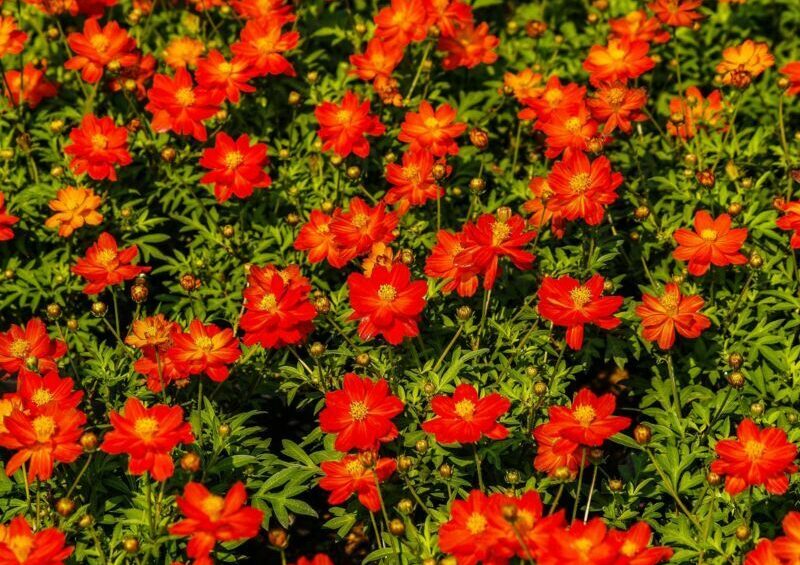

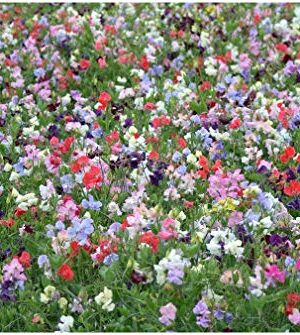

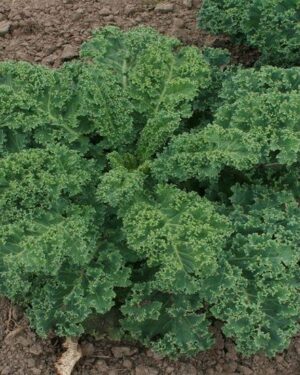
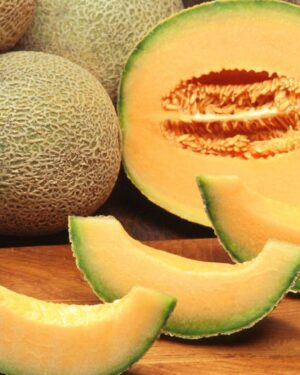
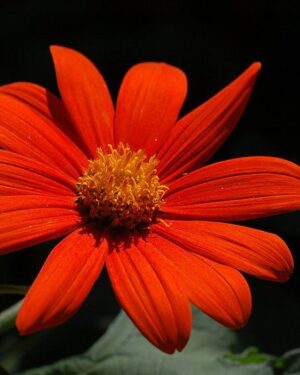
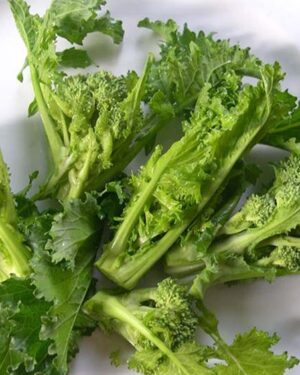
Reviews
There are no reviews yet.